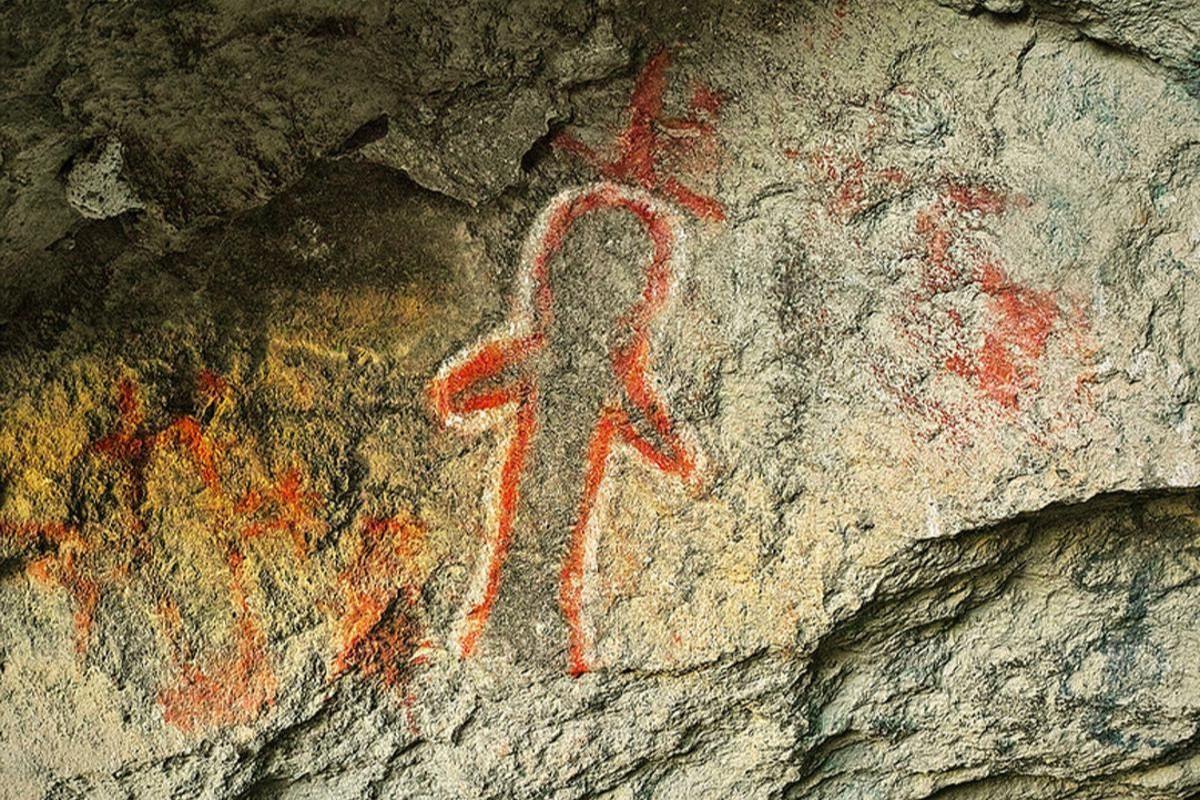Step Back In Time At Tomo-Kahni’s Kawaiisu Village

Have you ever wanted to step back in time and experience the rich history of Native American culture? Tomo-Kahni State Historic Park in California offers a unique glimpse into the lives of the Kawaiisu people. This hidden gem, located in the Tehachapi Mountains, showcases ancient rock art, traditional structures, and breathtaking landscapes. Visitors can explore the Kawaiisu village through guided tours, learning about the tribe's customs, traditions, and daily life. Whether you're a history buff or just looking for a unique adventure, Tomo-Kahni provides an unforgettable journey into the past. Pack your curiosity and get ready to discover the stories of the Kawaiisu people.
Discovering Tomo-Kahni's Rich History
Tomo-Kahni, meaning "Winter Village" in the Kawaiisu language, offers a unique glimpse into the lives of the Kawaiisu people. Nestled in the Tehachapi Mountains of California, this historical site is a treasure trove of cultural and natural wonders. Let's explore some must-see spots within this fascinating village.
Ancient Petroglyphs
The Kawaiisu people left behind intricate rock carvings that tell stories of their daily lives, spiritual beliefs, and interactions with nature. These petroglyphs are a testament to their rich cultural heritage.
- Rock Art Panels: These panels feature various symbols and figures, providing insight into the Kawaiisu's artistic expression and communication methods.
- Animal Depictions: Carvings of animals like deer and birds reveal the importance of wildlife in their culture and survival.
- Spiritual Symbols: Look for abstract designs that represent spiritual beliefs and rituals practiced by the Kawaiisu.
Traditional Dwelling Sites
The Kawaiisu constructed unique shelters that suited their environment and lifestyle. Visiting these sites offers a deeper understanding of their architectural ingenuity.
- Winter Houses: These semi-subterranean structures provided warmth and protection during harsh winters.
- Summer Shelters: Simple, above-ground huts made from natural materials like branches and leaves, perfect for the warmer months.
- Communal Spaces: Areas where the community gathered for social activities, ceremonies, and decision-making.
Natural Resources and Tools
The Kawaiisu were skilled in utilizing the natural resources around them. Their tools and everyday items reflect their resourcefulness and connection to the land.
- Grinding Stones: Used for processing acorns and seeds, these stones are a testament to their diet and food preparation techniques.
- Hunting Tools: Bows, arrows, and traps crafted from local materials showcase their hunting skills and knowledge of the local fauna.
- Basketry: Intricately woven baskets used for carrying, storing, and cooking, highlighting their craftsmanship and practical needs.
Sacred Sites and Ceremonial Areas
Spirituality played a significant role in Kawaiisu life. Sacred sites and ceremonial areas within Tomo-Kahni offer a glimpse into their spiritual practices.
- Ceremonial Grounds: Spaces designated for rituals, dances, and other spiritual activities, often marked by specific arrangements of stones or other natural features.
- Burial Sites: Areas where the Kawaiisu laid their loved ones to rest, often accompanied by grave goods and markers.
- Vision Quest Locations: Spots where individuals sought spiritual guidance and personal growth through solitude and reflection.
Flora and Fauna of Tomo-Kahni
The natural environment of Tomo-Kahni is rich in biodiversity. The Kawaiisu's knowledge of local plants and animals was crucial for their survival and well-being.
- Medicinal Plants: Learn about the various plants used for healing and medicinal purposes, passed down through generations.
- Edible Plants: Discover the wild plants that formed a significant part of their diet, such as acorns, berries, and roots.
- Wildlife Habitats: Explore the habitats of animals that were essential to the Kawaiisu for food, clothing, and tools.
Guided Tours and Educational Programs
To fully appreciate Tomo-Kahni, consider joining a guided tour or participating in educational programs. These experiences provide valuable context and enrich your visit.
- Guided Hikes: Led by knowledgeable guides, these hikes offer in-depth information about the village's history, culture, and natural environment.
- Interactive Workshops: Hands-on activities like basket weaving or traditional cooking methods allow visitors to engage directly with Kawaiisu culture.
- School Programs: Educational tours tailored for students, providing an immersive learning experience about the Kawaiisu people and their way of life.
Final Glimpse of Tomo-Kahni's Kawaiisu Village
Tomo-Kahni's Kawaiisu Village offers a unique peek into the past. This hidden gem in California's Tehachapi Mountains lets visitors experience the rich history and culture of the Kawaiisu people. From ancient rock art to traditional dwellings, every corner tells a story. Guided tours provide insights into the daily lives and traditions of the Kawaiisu, making it a must-visit for history buffs and curious travelers alike.
The serene landscape adds to the charm, offering breathtaking views and a peaceful escape from the hustle and bustle of modern life. Whether you're hiking the trails or exploring the village, Tomo-Kahni promises an unforgettable journey through time. So, pack your bags and step back in history at this remarkable destination. You'll leave with a deeper appreciation for the Kawaiisu heritage and a heart full of memories.

